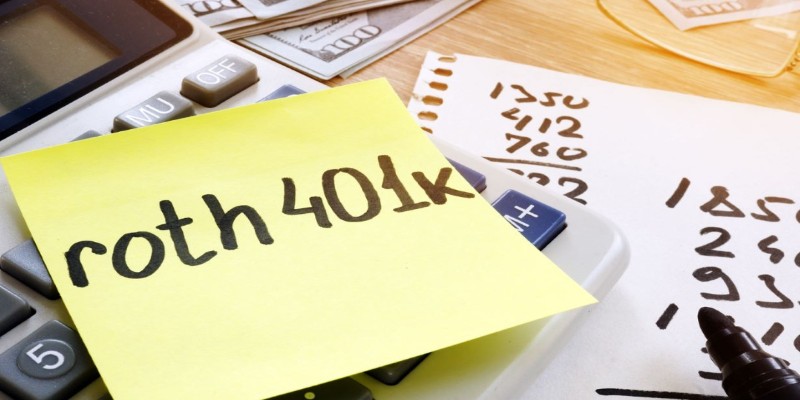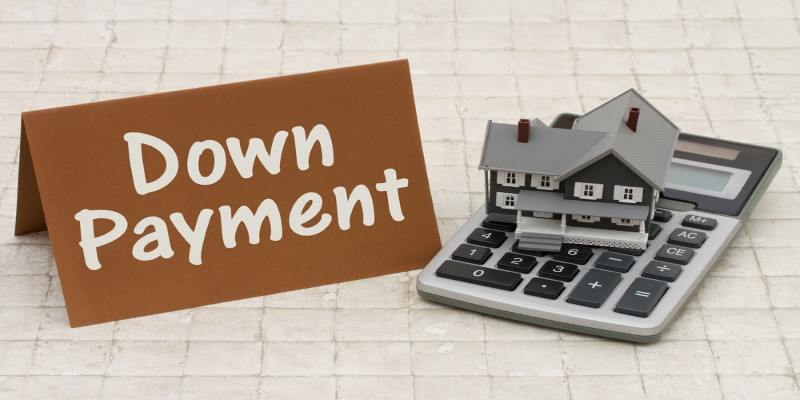Personal expenditure may sound confusing to understand but with the estimates of average monthly costs one can have a good idea of how to spend. The guide will make the whole process of your financial management easy be it your first time in college or you are living on your own or just reconsidering your finances. It separates the usual expenditures into categories, points out elements that influence spending, and offers effective solutions to assist you to draft a sensible budget.
Average Monthly Expenses for Single Adults

According to the Bureau of Labor Statistics' Consumer Expenditure Survey, the average single person spends approximately $3,500 to $4,200 per month. However, this figure varies significantly based on location, age, income level, and lifestyle choices.
Here's how the average monthly spending typically breaks down across major categories:
Housing Expenses
Housing represents the largest expense for most single adults, averaging $1,200 to $2,000 monthly. This category includes:
- Rent or mortgage payments: $900-$1,600
- Utilities: $100-$200
- Renter's or homeowner's insurance: $15-$100
- Maintenance and repairs: $50-$150
Housing costs in urban hubs like New York City, San Francisco, and Los Angeles far exceed national averages, while smaller cities and rural areas generally offer more affordable options, keeping expenses well below these high metropolitan benchmarks.
Transportation Costs
Transportation expenses average $400 to $800 monthly for single adults:
- Car payments: $200-$500
- Auto insurance: $80-$150
- Gasoline: $100-$200
- Maintenance and repairs: $50-$100
- Public transportation: $50-$150 (varies by city)
People in car-dependent areas typically face higher transportation costs, while urban residents with access to reliable public transit often enjoy lower expenses, benefiting from more affordable and efficient travel options.
Food and Dining
Food expenses typically range from $300 to $600 monthly:
- Groceries: $200-$400
- Dining out: $100-$300
- Coffee and beverages: $30-$80
Cooking at home versus frequent restaurant visits creates the biggest variance in this category.
Healthcare Expenses
Healthcare costs average $200 to $500 monthly:
- Health insurance premiums: $150-$400
- Out-of-pocket medical expenses: $50-$150
- Prescription medications: $20-$100
Employer-sponsored insurance offers a more cost-effective solution, significantly lowering expenses compared to individual market plans, while providing employees with comprehensive coverage and financial security for their healthcare needs.
Factors That Influence Monthly Spending
Several key factors determine where your spending falls within these ranges:
Geographic Location
Cost of living varies dramatically across the United States. San Francisco residents might spend $3,000 monthly on housing alone, while the same amount covers total living expenses in many Midwest cities. Research local averages when setting your budget expectations.
Age and Life Stage
Younger adults often prioritize entertainment and social activities, while older singles might allocate more toward healthcare and savings. Recent graduates frequently carry student loan payments that add $200-$500 to monthly expenses.
Income Level
Higher earners typically spend more across all categories, though not always proportionally. Someone earning $80,000 annually might spend $4,500 monthly, while someone earning $40,000 might spend $2,800.
Lifestyle Preferences
Personal choices significantly impact spending patterns. Frequent travelers, fitness enthusiasts, or those with expensive hobbies will have higher monthly expenses than minimalists or homebodies.
Additional Monthly Expenses to Consider
Beyond the major categories, single adults typically encounter these additional monthly costs:
Personal Care and Clothing
Budget $100 to $300 monthly for:
- Clothing and shoes
- Haircuts and grooming
- Personal care products
- Dry cleaning
Entertainment and Recreation
Entertainment expenses range from $100 to $400 monthly:
- Streaming services and subscriptions
- Movies, concerts, and events
- Hobbies and sports
- Gym memberships
Debt Payments
Many single adults carry debt requiring monthly payments:
- Student loans: $200-$500
- Credit card payments: $100-$300
- Personal loans: $150-$400
Savings and Investments
Financial experts suggest saving 20% of your income, equal to $400-$800 per month for moderate earners. Building a consistent savings habit ensures better financial security and prepares you for future goals or unexpected expenses.
Smart Strategies for Managing Monthly Expenses

Understanding average spending provides a baseline, but optimizing your personal budget requires strategic thinking:
Track Your Current Spending
Track your spending for a month using budgeting apps or spreadsheets to see exactly where your money goes. You might uncover unexpected spending habits that don’t match your financial goals, helping you make adjustments and prioritize what truly matters.
Apply the 50/30/20 Rule
Divide your after-tax income effectively: allocate 50% to essentials like housing, transportation, and groceries, 30% to discretionary spending such as dining out and entertainment, and 20% to savings and debt repayment. This simple budgeting rule helps you balance your financial priorities while achieving both immediate enjoyment and long-term financial security.
Prioritize High-Impact Changes
Prioritize cutting down your biggest expenses first. For instance, reducing housing costs by $200 a month will make a much bigger financial impact than saving $30 by skipping coffee. Focus on changes that create significant savings.
Build an Emergency Fund
Aim to save enough to cover three to six months of expenses. This financial cushion provides peace of mind, reduces stress, and helps you avoid debt during unexpected situations like job loss or emergencies. Building this safety net is key to long-term financial stability.
Review and Adjust Regularly
Your spending habits evolve over time, so it’s important to regularly review and adjust your budget. Evaluate it quarterly, updating categories to reflect your current lifestyle, priorities, and financial goals. Staying proactive ensures your budget aligns with your needs and keeps you on track.
Final Thoughts
Smart spending is about maximizing value, not just cutting costs. Monthly expenses for single adults typically range from $2,500 to $5,000, varying by location, lifestyle, and income. Use these averages as a guide, but let your financial goals shape your budget. Track your expenses, compare them to these benchmarks, and identify areas to adjust. With practice, small changes can create big improvements in your long-term financial health and priorities.












